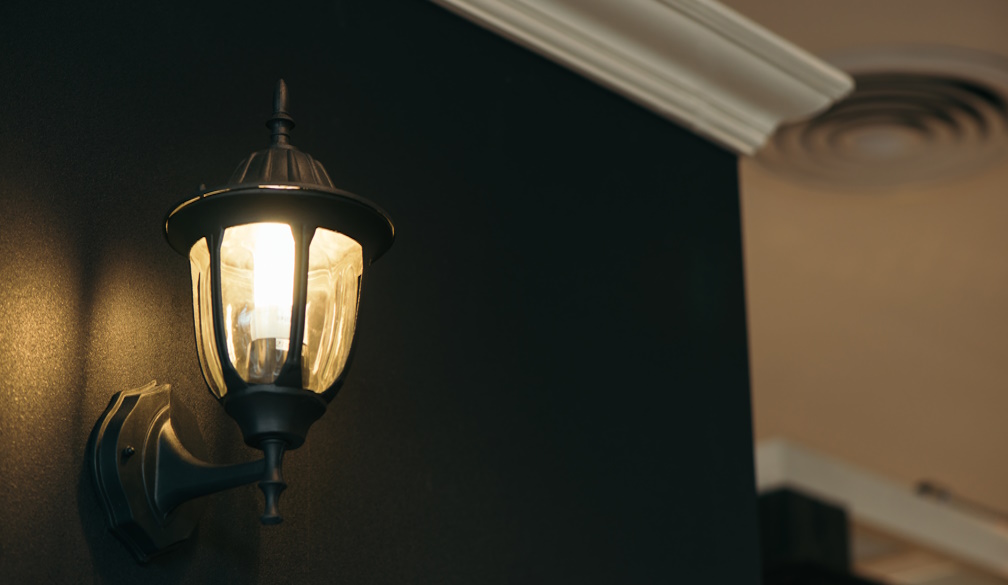Winston Peters’ $100 billion infrastructure fund is the right idea. Politics-as-usual is the problem
- Written by Timothy Welch, Senior Lecturer in Urban Planning, University of Auckland, Waipapa Taumata Rau
New Zealand’s infrastructure woes are a constant political pain point. From ageing water systems to congested roads and assets increasingly threatened by climate change, the country faces mammoth upgrading and future-proofing challenges.
Enter Winston Peters and NZ First with a surprise proposal for a NZ$100 billion “Future Fund” dedicated to infrastructure investment. Sounds promising – but the proposal’s success will hinge on getting the details right and, more importantly, getting the politics out of infrastructure planning.
Unveiled at NZ First’s annual convention last weekend, the idea bears striking similarities to challenges previously highlighted by urban planning and infrastructure experts.
The country currently has an estimated infrastructure deficit of over $100 billion, which aligns eerily with the scale of Peters’ proposed fund.
The Future Fund proposal sounds impressive on paper. Ring-fenced from political meddling and focused on national interests, it’s billed as a silver bullet for infrastructure funding problems.
Peters claims he’s taken a page from the Singapore and Ireland playbooks – potentially breaking New Zealand’s habit of treating big infrastructure projects like they’re part of a three-year plan.
Long-term savings
As always, the devil is in the details – and the Future Fund is light on them. How exactly would this fund be financed? How would projects be selected and prioritised? And, crucially, how would it be insulated from the political interference it claims to avoid?
The potential benefits are significant. Research suggests that a stable, long-term approach to infrastructure investment and better utilisation of existing assets could unlock substantial savings – potentially up to 40% of total project costs.
A well-managed $100 billion fund could provide the certainty and consistency needed to achieve these efficiencies.
The scale of the fund also aligns with the urgent need for a comprehensive infrastructure overhaul. From modernising water systems to expanding road and rail networks, and ensuring resilience against climate change, the required investment is indeed massive.
Politics is the problem
Yet the proposal faces significant hurdles, not the least of which is from NZ First’s own coalition partners.
The National Party’s previous commitments to curb borrowing seem at odds with a fund of this magnitude. Peters argues that debt for wealth creation and infrastructure differs from debt for consumption.
That’s a valid point, but one that may struggle to gain traction in a political environment focused on reducing overall government debt.
The proposal also raises questions about how it would interact with existing initiatives, such as the National Investment Agency set up by Infrastructure Minister Chris Bishop. It’s unclear whether these entities would complement each other or create redundancies and inefficiencies.
Perhaps the most critical question is whether this fund, despite its claimed independence, can rise above the political cycle. We have a long and exhausting history of proposing infrastructure for political gain, where one government’s “vital infrastructure” becomes the next’s “wasteful spending”.
Time for a 30-year plan
While the Future Fund could be a big move in the right direction, we must also rethink how we plan (and pay) for infrastructure completely.
A good start would be a 30-year plan that all political parties can get behind, like the United Kingdom’s National Infrastructure Assessment. This would give us a real long-term vision rather than promises that change with each election cycle.
We should also look at more innovative ways to fund projects. Value capture, which leverages rising property values near new infrastructure to help finance its development, helped build London’s Crossrail. And Australia is “asset recycling” from old infrastructure into new projects.
These aren’t just theoretical ideas. They could change how we build what New Zealand needs without the risks of entirely relying on taxpayers.
Ending the boom-bust cycle
Efficiency must also be a priority. Time-of-use charges for roads, already implemented in cities such as Stockholm and Singapore and proposed for Auckland, could reduce congestion and wasteful spending on unnecessary road expansions.
Volumetric charging for water, as seen in the Kāpiti Coast, can significantly reduce water waste without massive new investments.
New Zealand could also break free from its boom-bust infrastructure cycle by establishing an agency outside the political realm to manage the cash Winston Peters is proposing.
A truly independent infrastructure body, similar to Infrastructure Australia, could provide the continuity and expertise needed to see projects through political cycles.
Money isn’t the only issue here. Politics is the real roadblock. Right now, every election cycle, priorities change, projects fly out the window, and the bill for desperately needed infrastructure only gets bigger.
The Future Fund seems like a step in the right direction. But without also overhauling how we make decisions about infrastructure, it could end up being just another political football.
Authors: Timothy Welch, Senior Lecturer in Urban Planning, University of Auckland, Waipapa Taumata Rau



















